Table of Contents (click to expand)
Dice can have anywhere from 2 to 144 faces.
The majority of board games are incomplete without dice. Whether it’s Monopoly or Snakes and Ladders, there is always a tiny corner of the box dedicated to them. Typically, when you hear the word dice, your mind immediately conjures up an image of a 6-sided cube. The world of dice, however, is much more expansive than your run-of-the-mill cubes numbered from 1 to 6.
First of all, a clear definition of dice should be laid out before we get into the details. Mathematically speaking, a die can have as many sides as a person desires. In fact, a die with an infinite number of sides would become a perfect sphere. When you think about it, even golf balls are technically dice, but would it be fair to use something like a golf ball in a game? Probably not!
The only dice that can be used in a game are fair dice. Fair dice are those in which the probability of one side of a die turning up is no greater than any other side. Considering that probability is of the utmost importance in any game, fair dice are carefully produced to be mathematically sound and balances. In other words, I am confining the definition of dice to the fair dice that are manufactured to be used in a game.
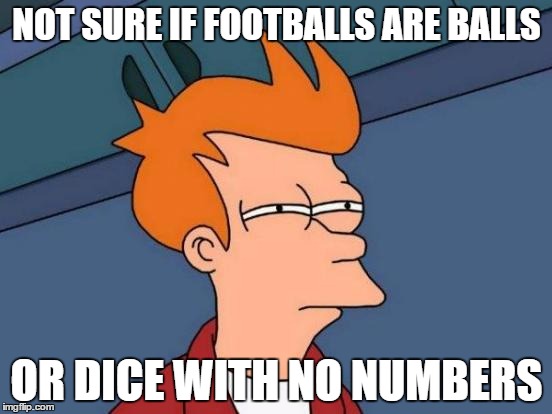
Non-cubic dice are often popularly dubbed ‘Dungeons and Dragons’ dice, as the players of the game Dungeons and Dragons tend to use unusual polyhedral dice to generate a wider range of outcomes. Of course, there’s no reason you can’t use these unusual dice in classic board games too!
Less Than 6
Yes, there are dice that have less than 6 faces. In fact, there are dice with only 2 sides! Believe it or not, you use them all the time. Don’t agree with me? That’s because you know these 2-sided dice by another name – coins!
That’s right! Used in many games with every side having an equal probability of turning up, a coin toss is nothing more than a dice roll with fewer outcomes.
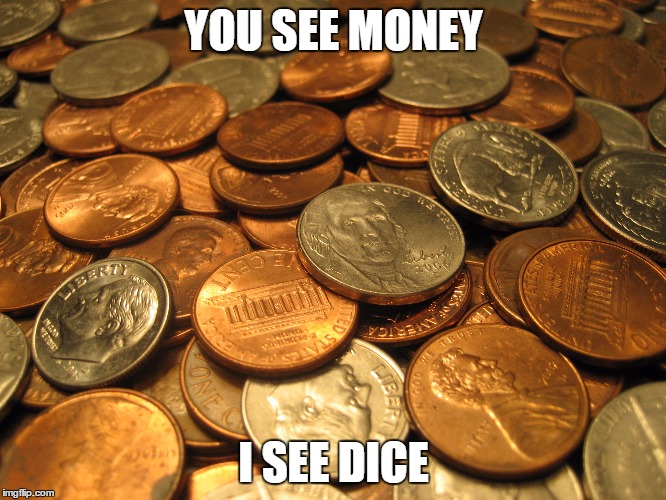
Apart from coins, there are also 3-sided dice that look like prisms.
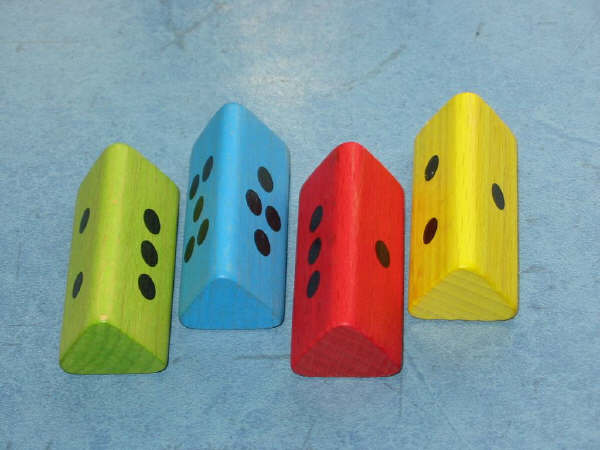
Four-sided dice have been used in India since ancient times in games like Pachisi and Chaupar. These four-sided dice even have mythological relevance to the Indians due to their mystical use in various stories, such as the Mahabharata.
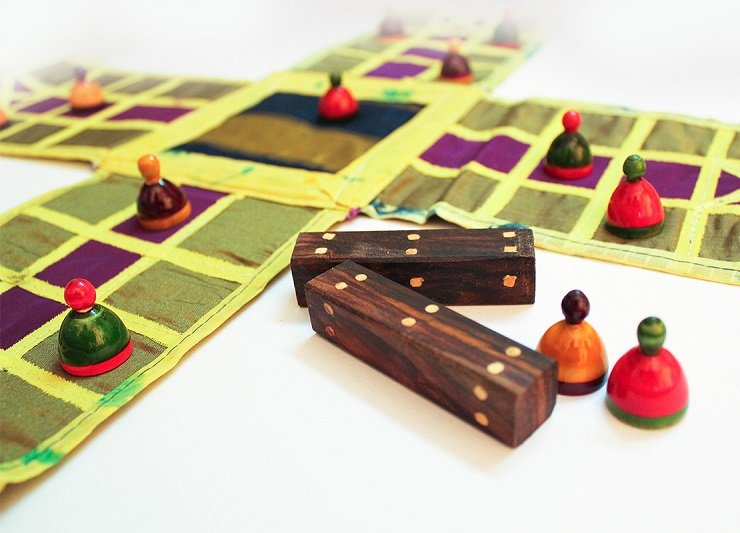
Also Read: Is A Coin Toss Really Fair?
More Than 6
Dice with 8 sides usually come in the shapes of octahedrons, which is basically two square pyramids attached together.
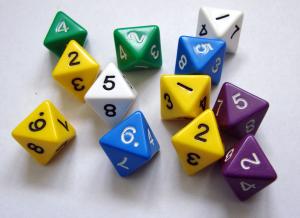
10-sided dice come in the shape of pentagonal trapezohedra; this shape resembles two pentagonal pyramids that have been fused at their bases in such a way that the faces of one pyramid line up with the edges of the other. These dice are usually used to derive percentiles in role-playing games.
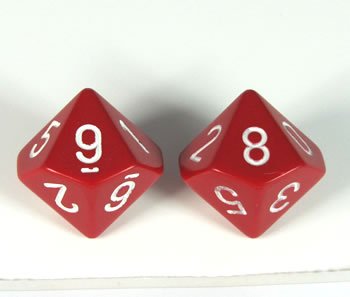
12-sided dice are based on the Platonic solid dodecahedron. Scientists have even uncovered these in ruins of Greek and Roman civilizations! However, today you can find them in table-top role-playing games and mathematical puzzles.
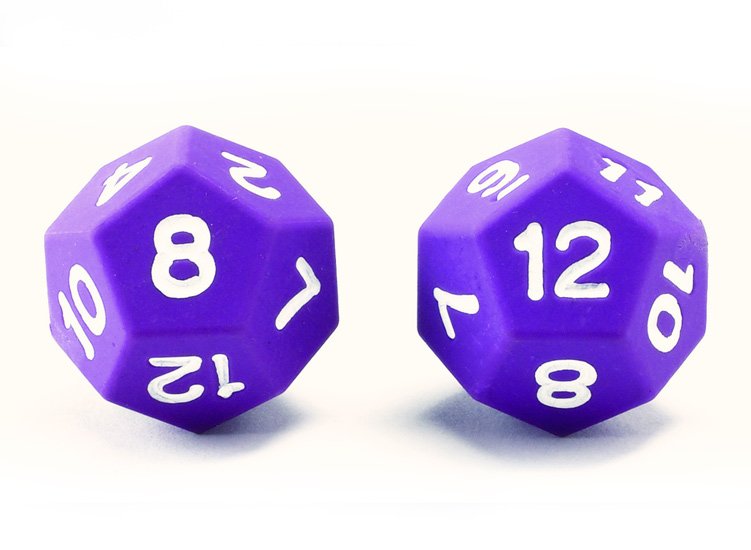
Another kind of dice found in ancient Roman archaeological sites is the 20-sided die. This shape is called an icosahedron.
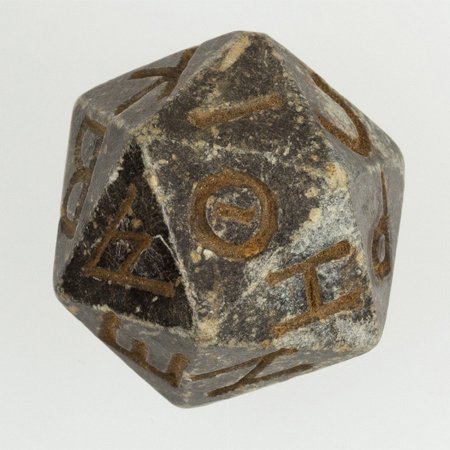
Similarly, you can find many other dice of increasing complexity, such as dice with 24, 28 or even 30 sides!
Also Read: Why Are There 52 Cards In A Deck, With 4 Suits Of 13 Cards Each?
Much More Than 30…
These are the rarest dice of all. Unless they have been crafted very carefully, most of them are quite impractical for any use, as their shape does not allow them to stop quickly. They usually just continue rolling along a flat surface until an external force is applied to their motion. For example, a 60-sided die has too much momentum for it to function effectively in a game.
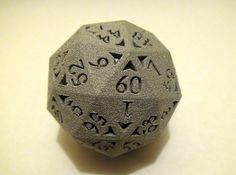
A 100-sided die is actually much more stable in comparison, as it is hollow inside. The ridges created around its external body also add to the friction created every time it’s rolled, enabling it to stop abruptly, as dice should.
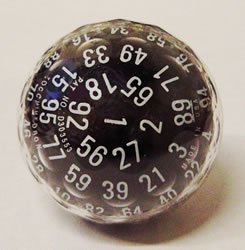
And that’s not all folks! Believe it or not, there are 120-sided dice and 144-sided dice as well. So, the next time you have to play a board game on your family vacation, imagine the crazy fun you could have if you owned some of these much more rare varieties!
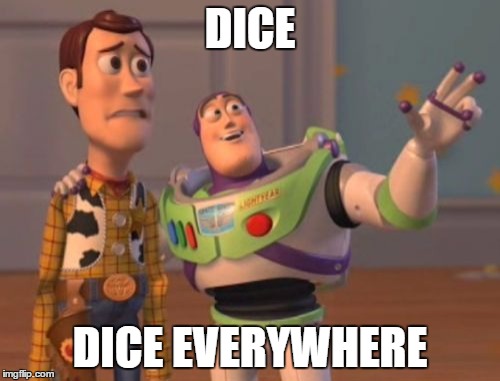
How well do you understand the article above!

